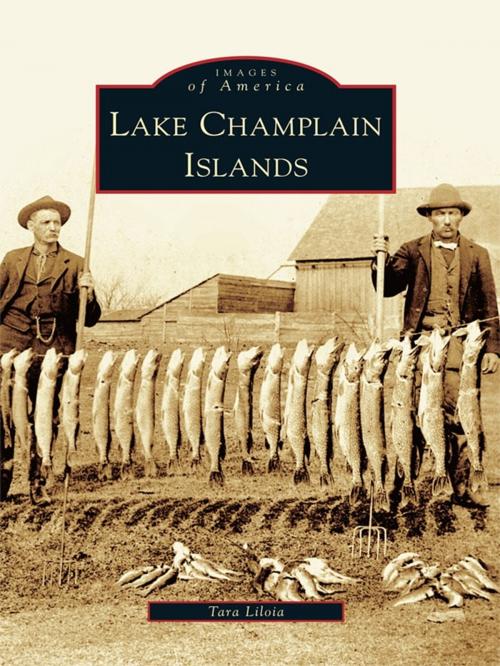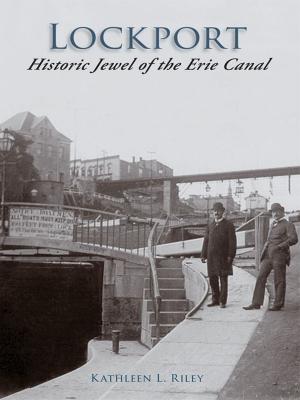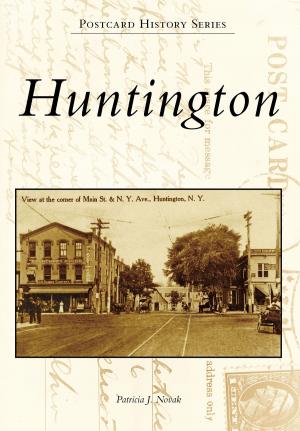| Author: | Tara Liloia | ISBN: | 9781439621448 |
| Publisher: | Arcadia Publishing Inc. | Publication: | March 9, 2009 |
| Imprint: | Arcadia Publishing | Language: | English |
| Author: | Tara Liloia |
| ISBN: | 9781439621448 |
| Publisher: | Arcadia Publishing Inc. |
| Publication: | March 9, 2009 |
| Imprint: | Arcadia Publishing |
| Language: | English |
On July 3, 1609, French explorer Samuel de Champlain and his group canoed south from Canada into an expansive lake and found four islands. Those islands are now the Lake Champlain Islands, and it was that trip that gave birth to Vermont and sparked 400 years of history. Located in the far northwest corner of the state, the islands are well known as a shoreline retreat for all of New England, with their small-town feel and picturesque farmlands. In this birthplace of Vermont, with its rich soil, early settlers found success growing local varieties of apples, which they shipped by steamboat directly to international cities. Several large deposits of unique, dark limestone brought marble trade to the area, and these materials are still mined in working quarries today. The Lake Champlain Islands are a tranquil, yet vibrant area of Vermont, where historical buildings are often used as schools, museums, libraries, and private homes.
On July 3, 1609, French explorer Samuel de Champlain and his group canoed south from Canada into an expansive lake and found four islands. Those islands are now the Lake Champlain Islands, and it was that trip that gave birth to Vermont and sparked 400 years of history. Located in the far northwest corner of the state, the islands are well known as a shoreline retreat for all of New England, with their small-town feel and picturesque farmlands. In this birthplace of Vermont, with its rich soil, early settlers found success growing local varieties of apples, which they shipped by steamboat directly to international cities. Several large deposits of unique, dark limestone brought marble trade to the area, and these materials are still mined in working quarries today. The Lake Champlain Islands are a tranquil, yet vibrant area of Vermont, where historical buildings are often used as schools, museums, libraries, and private homes.















